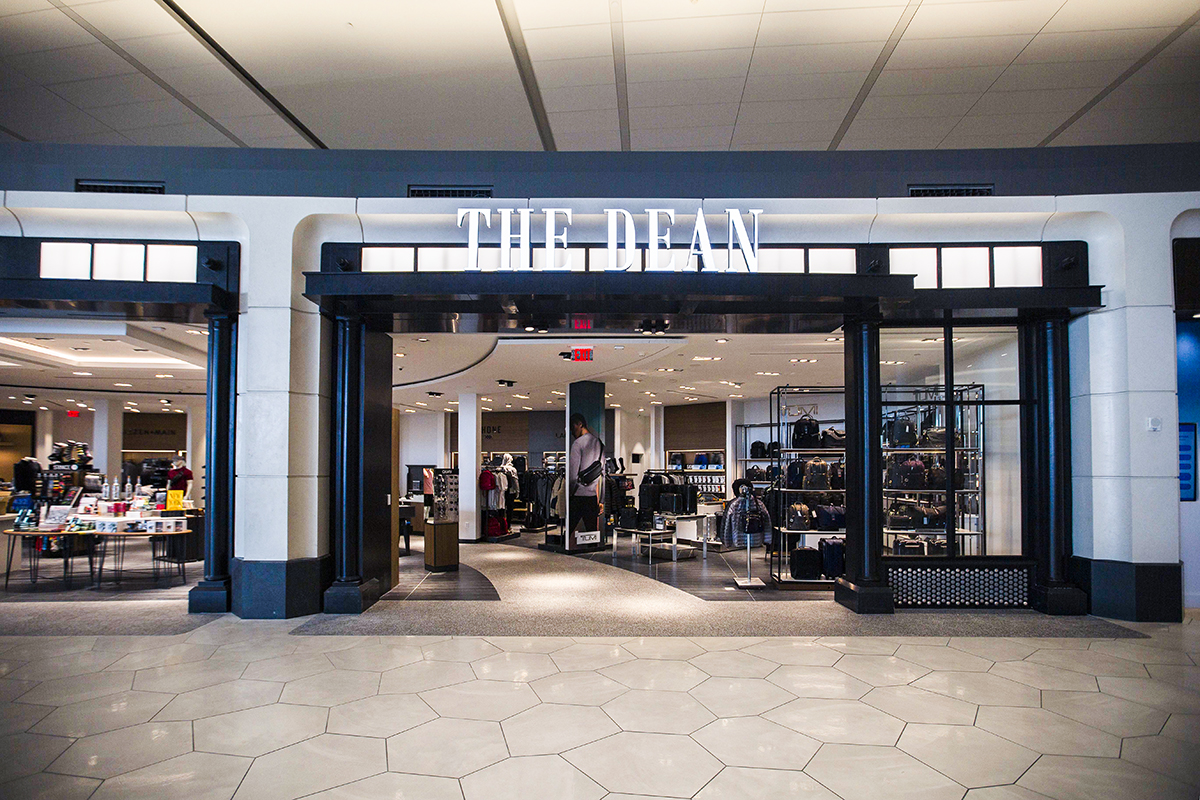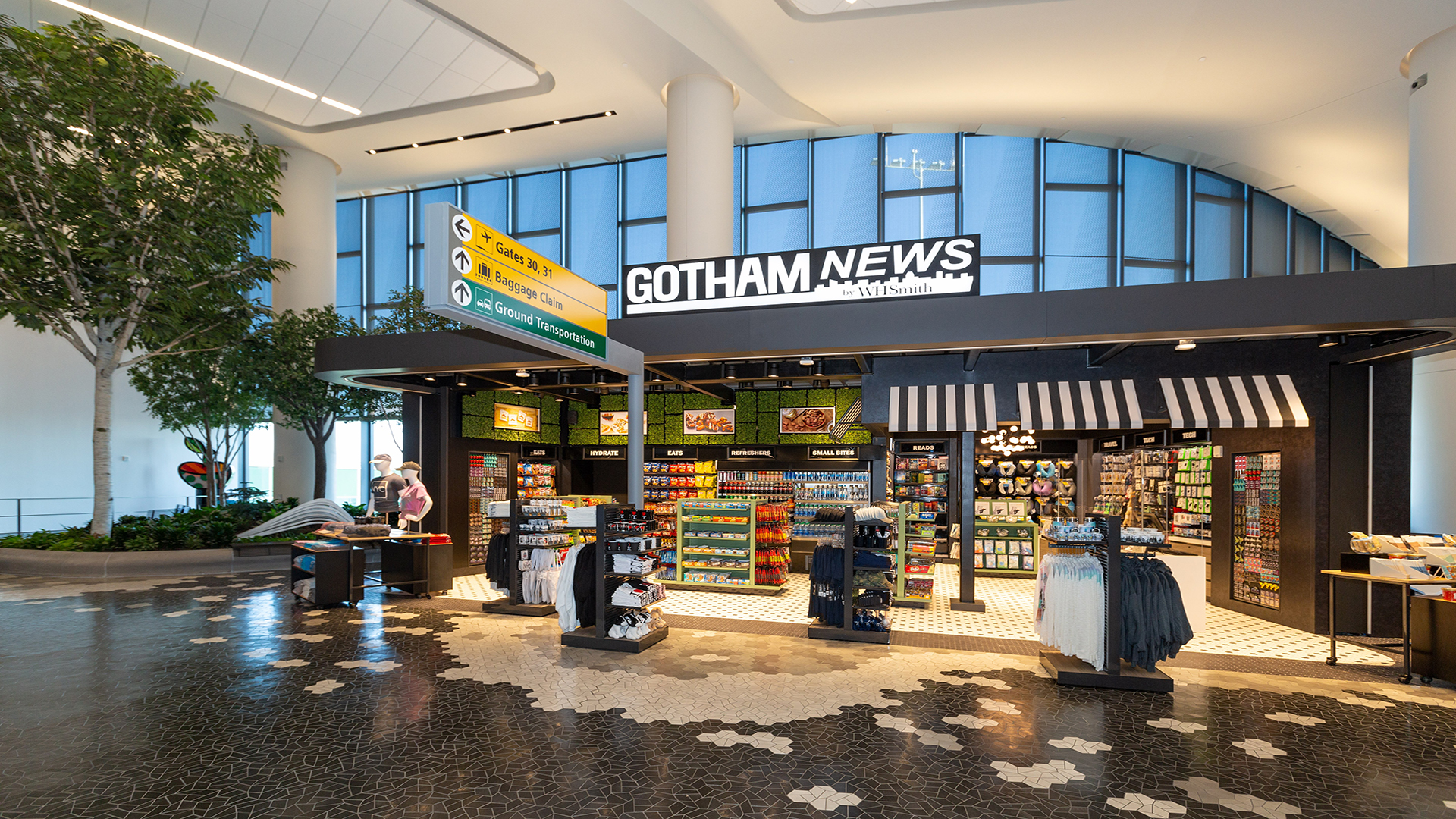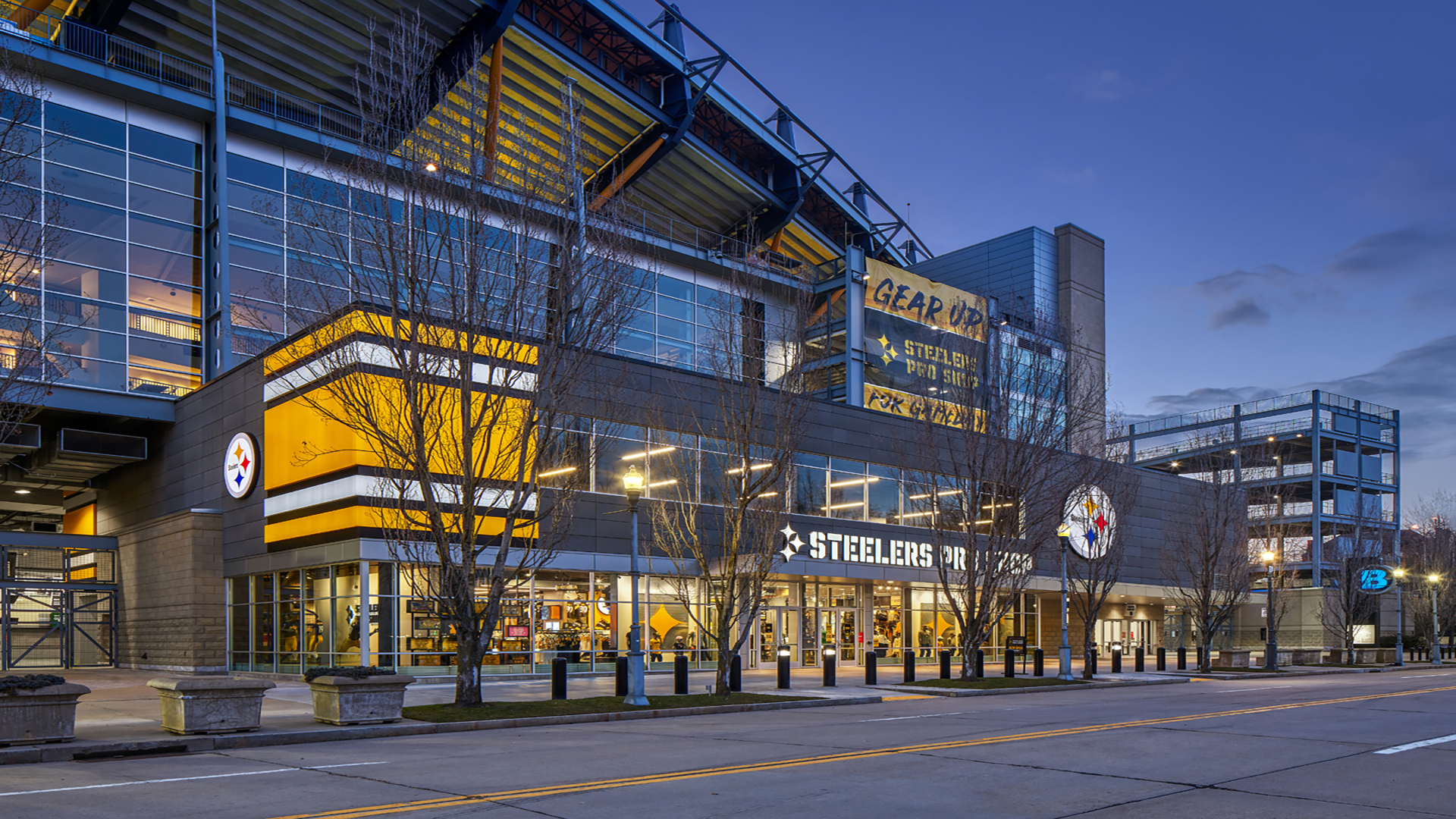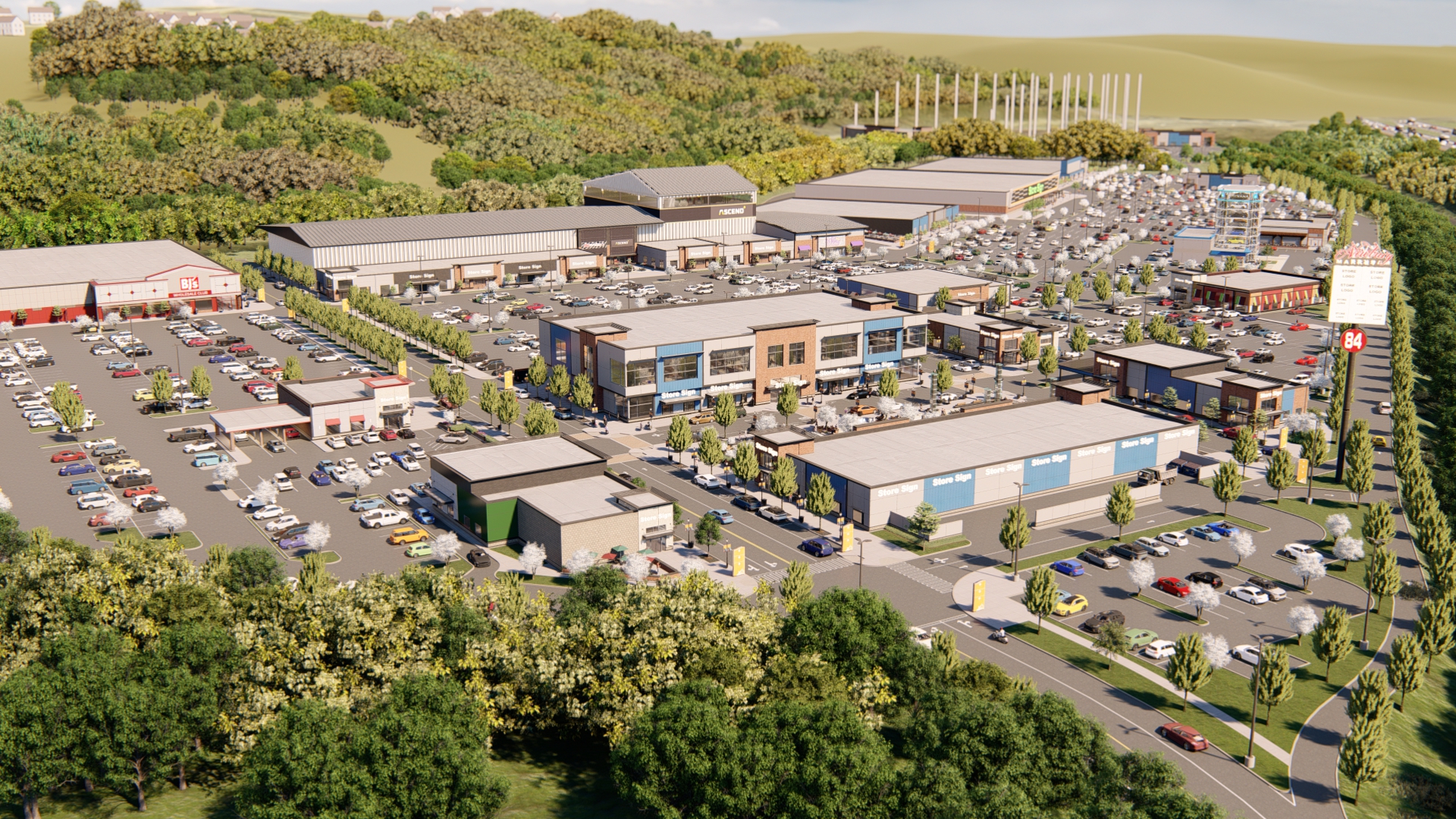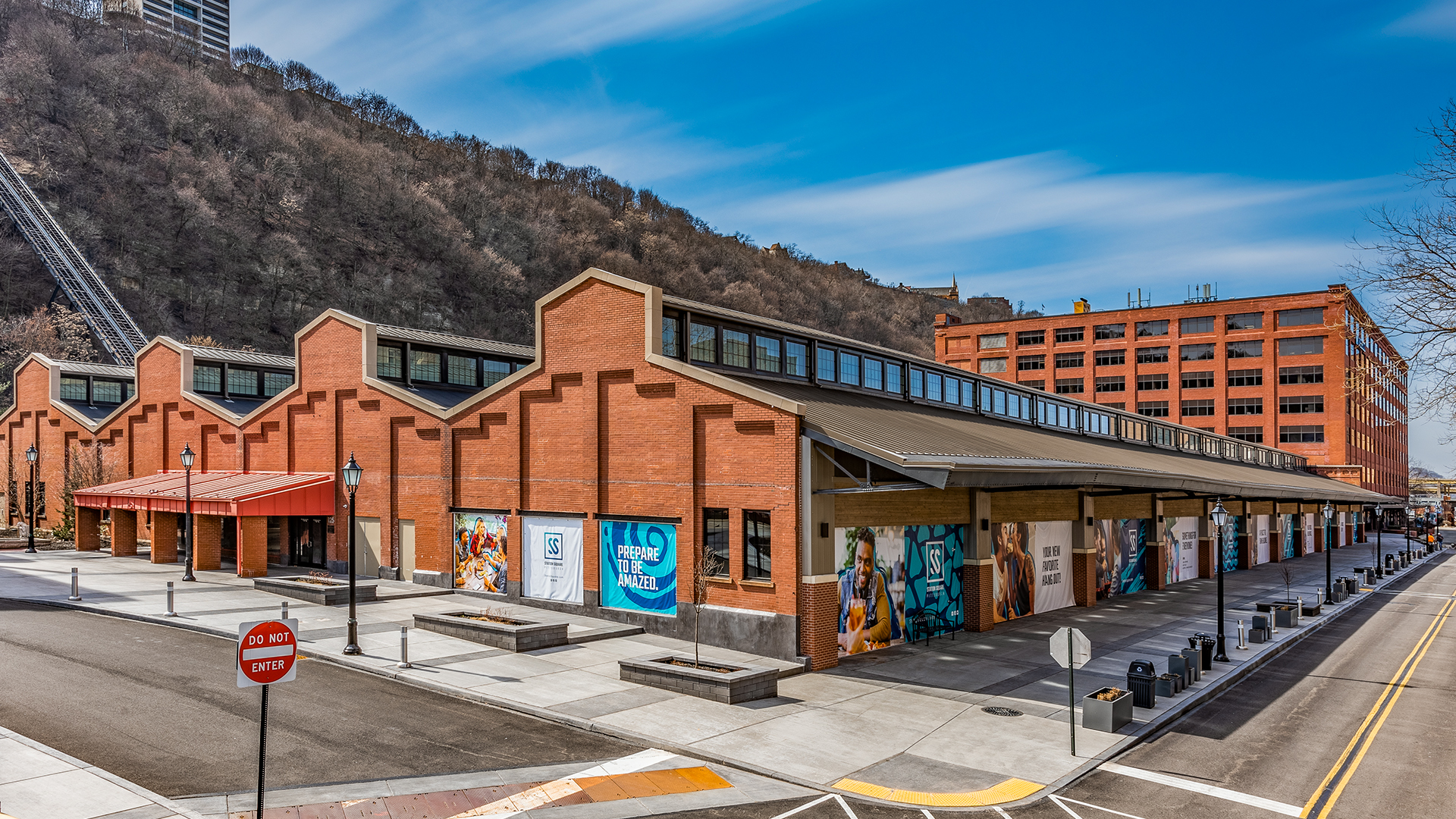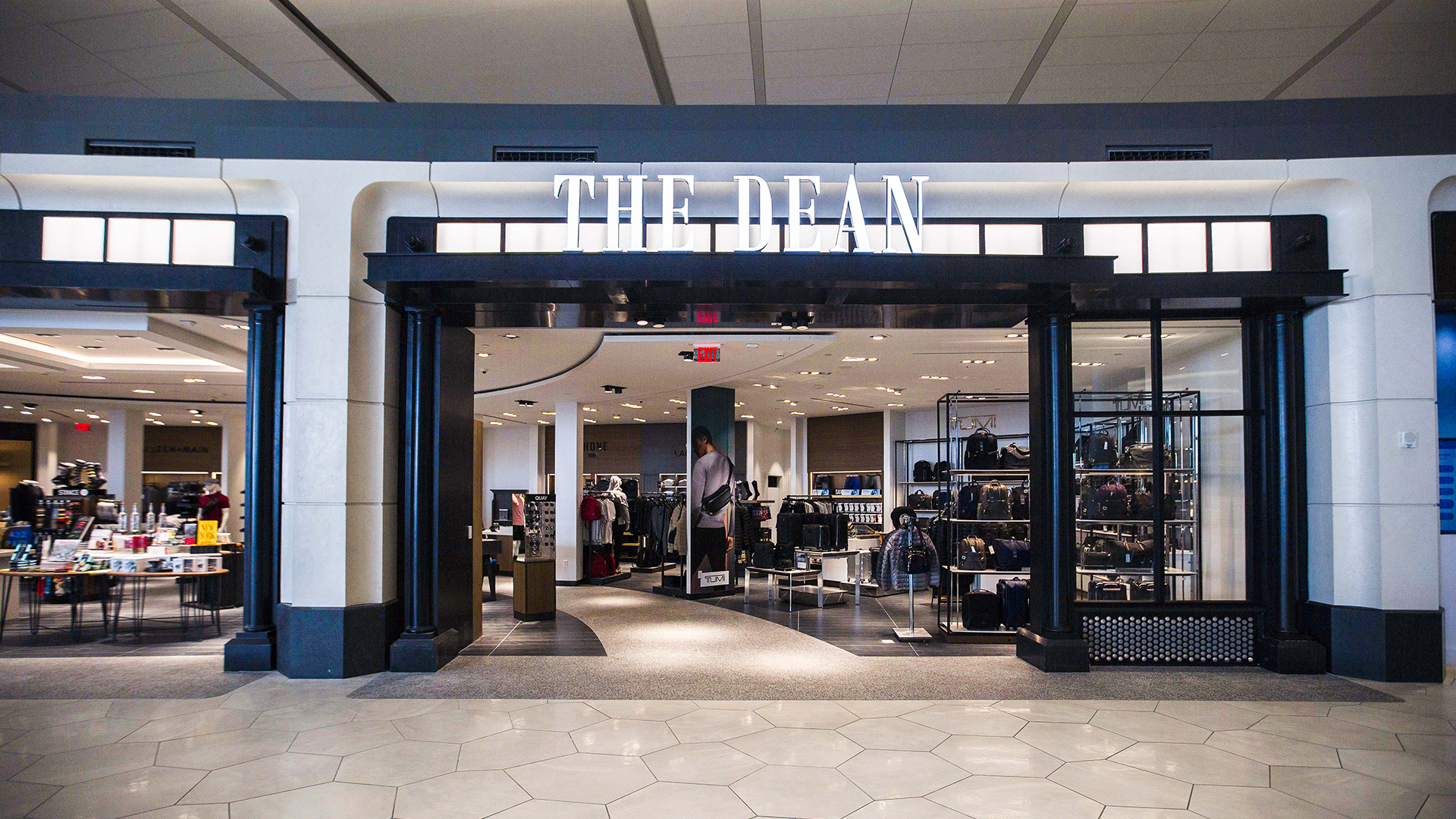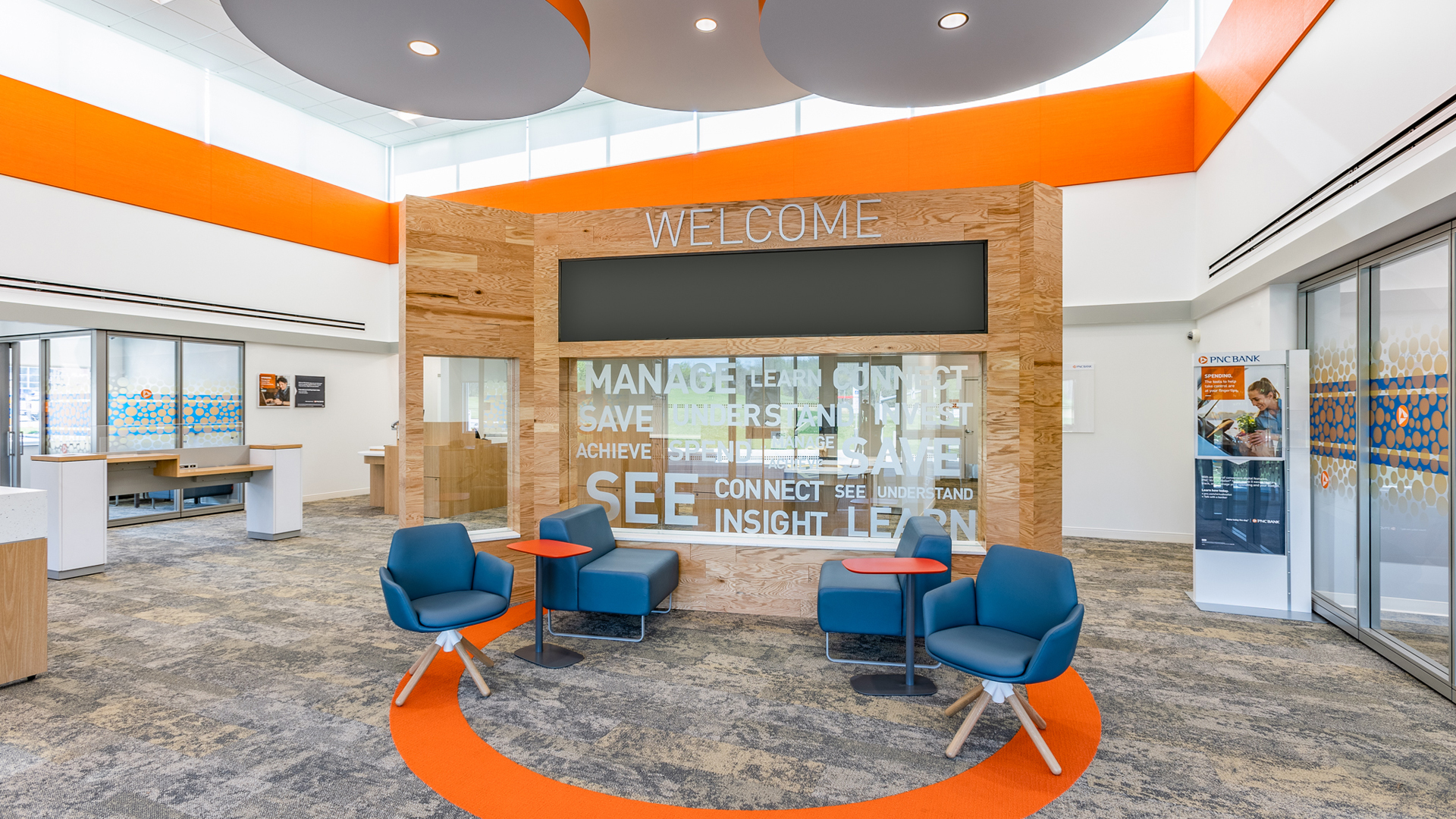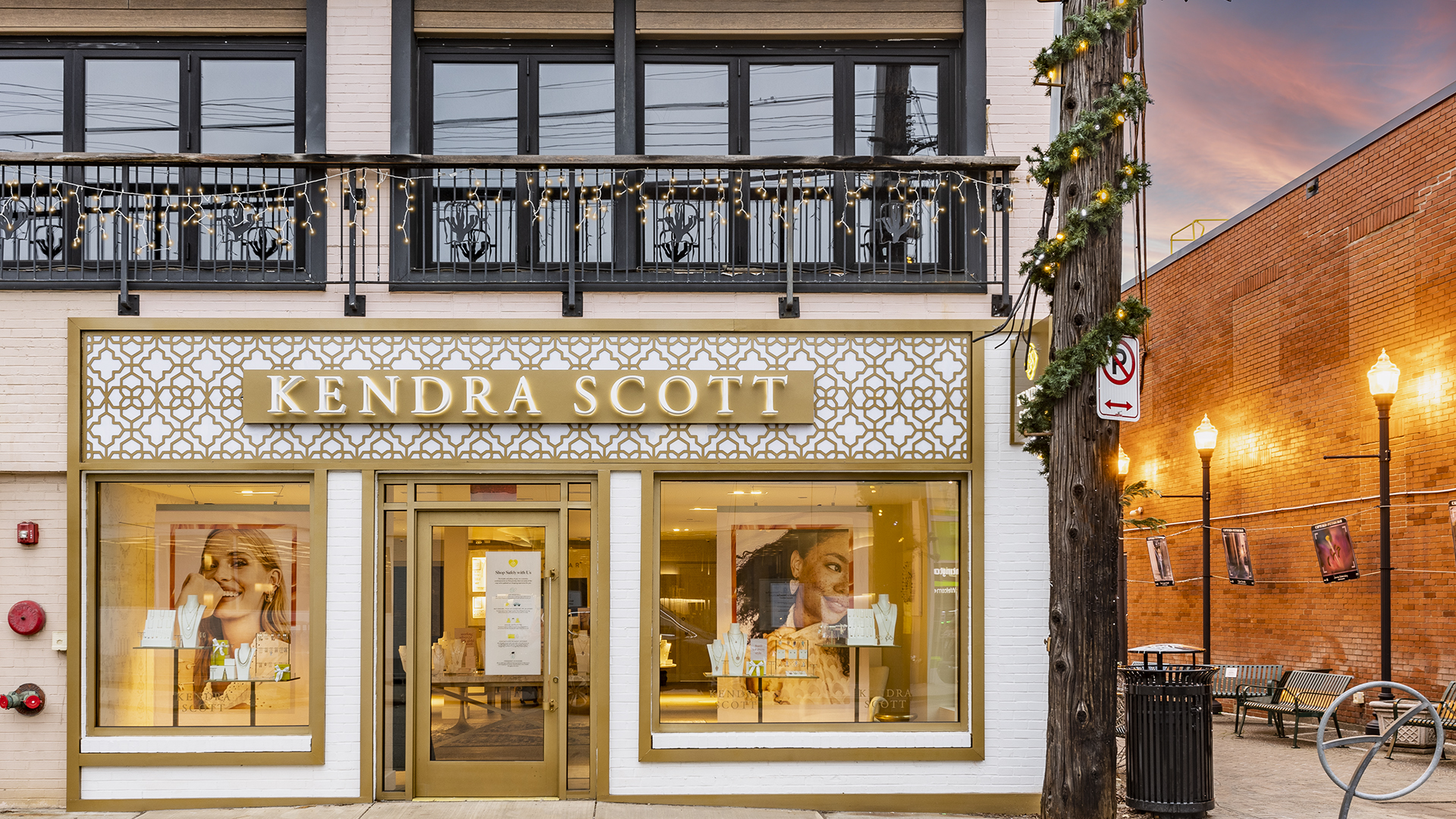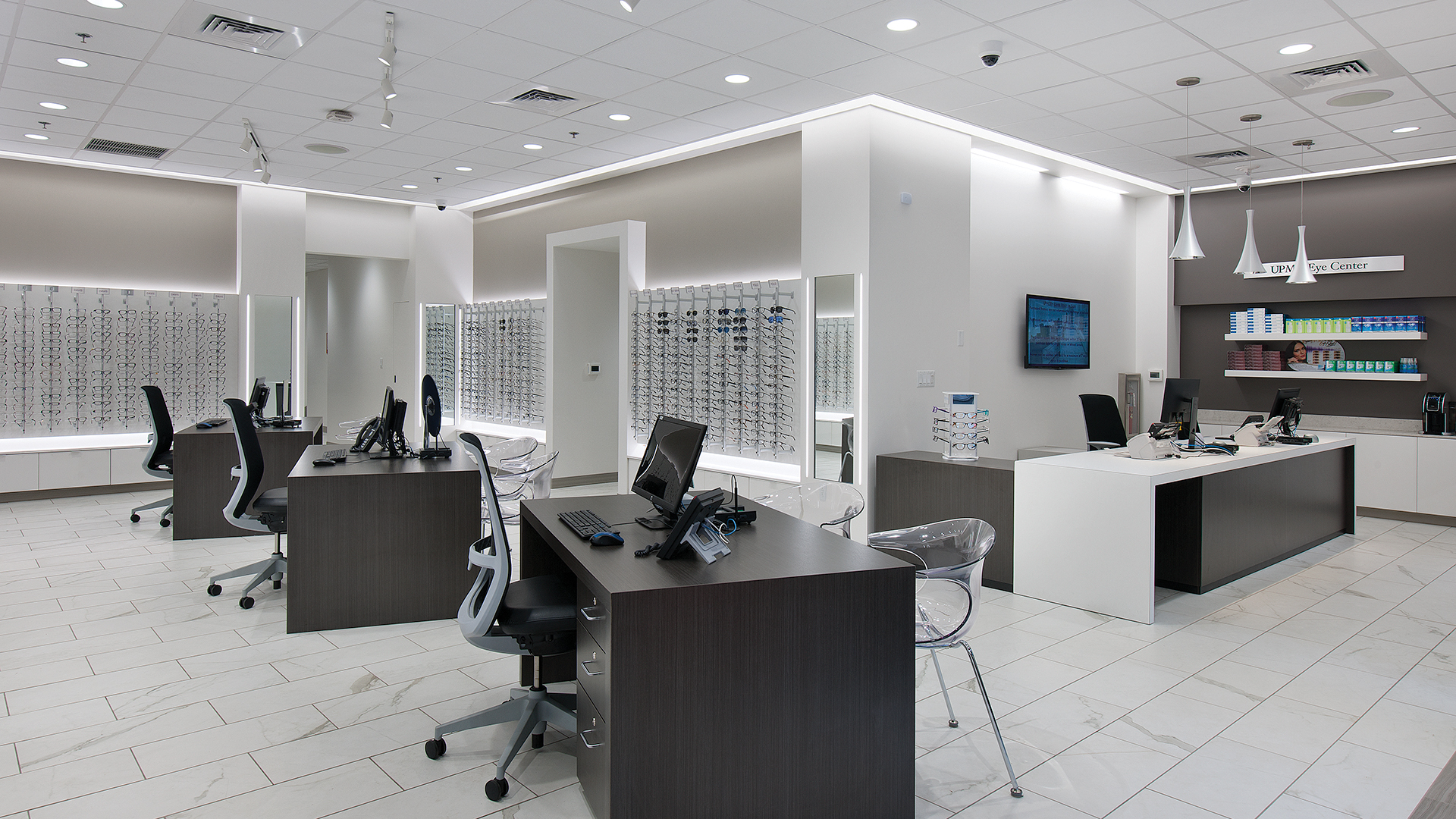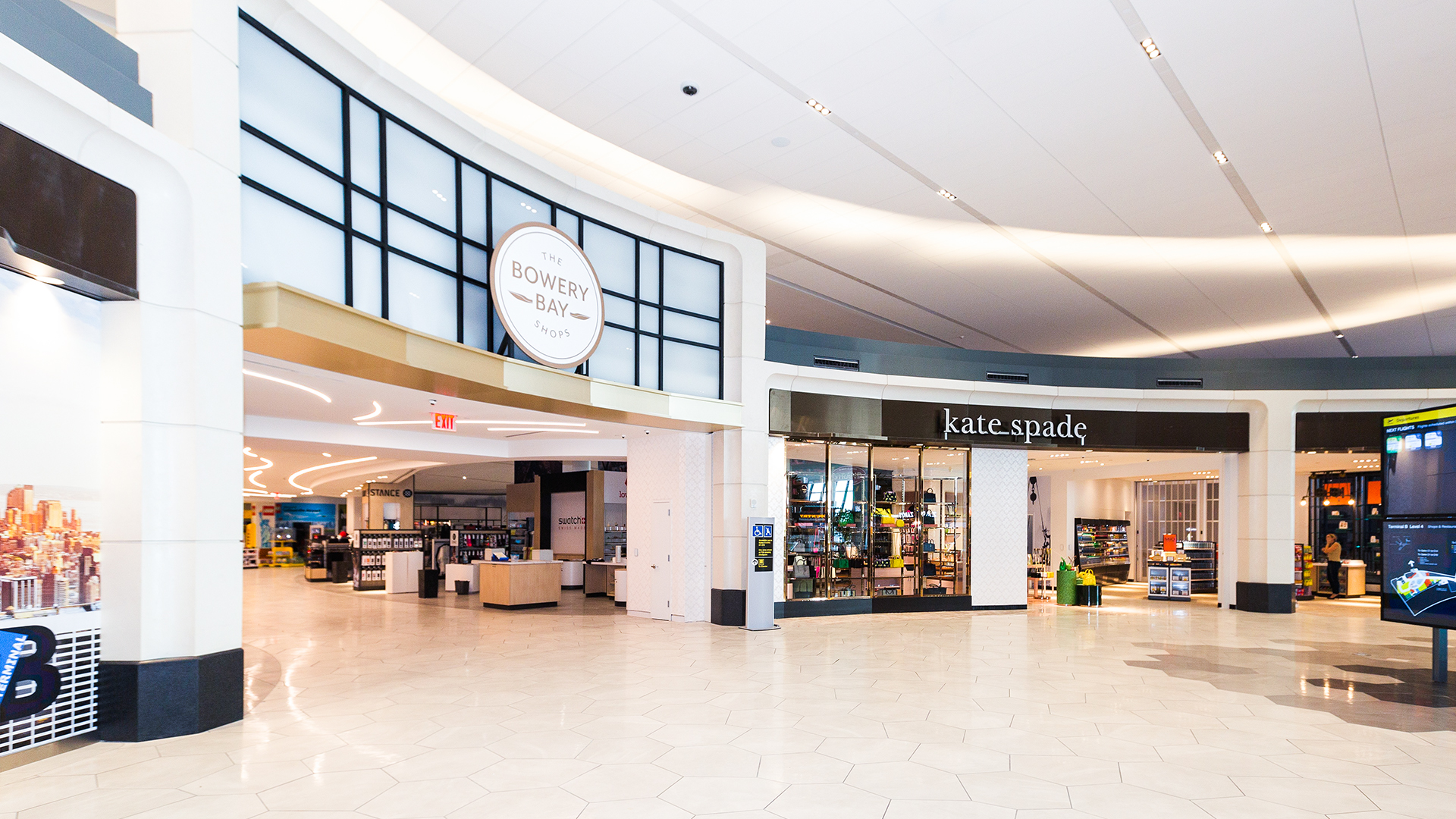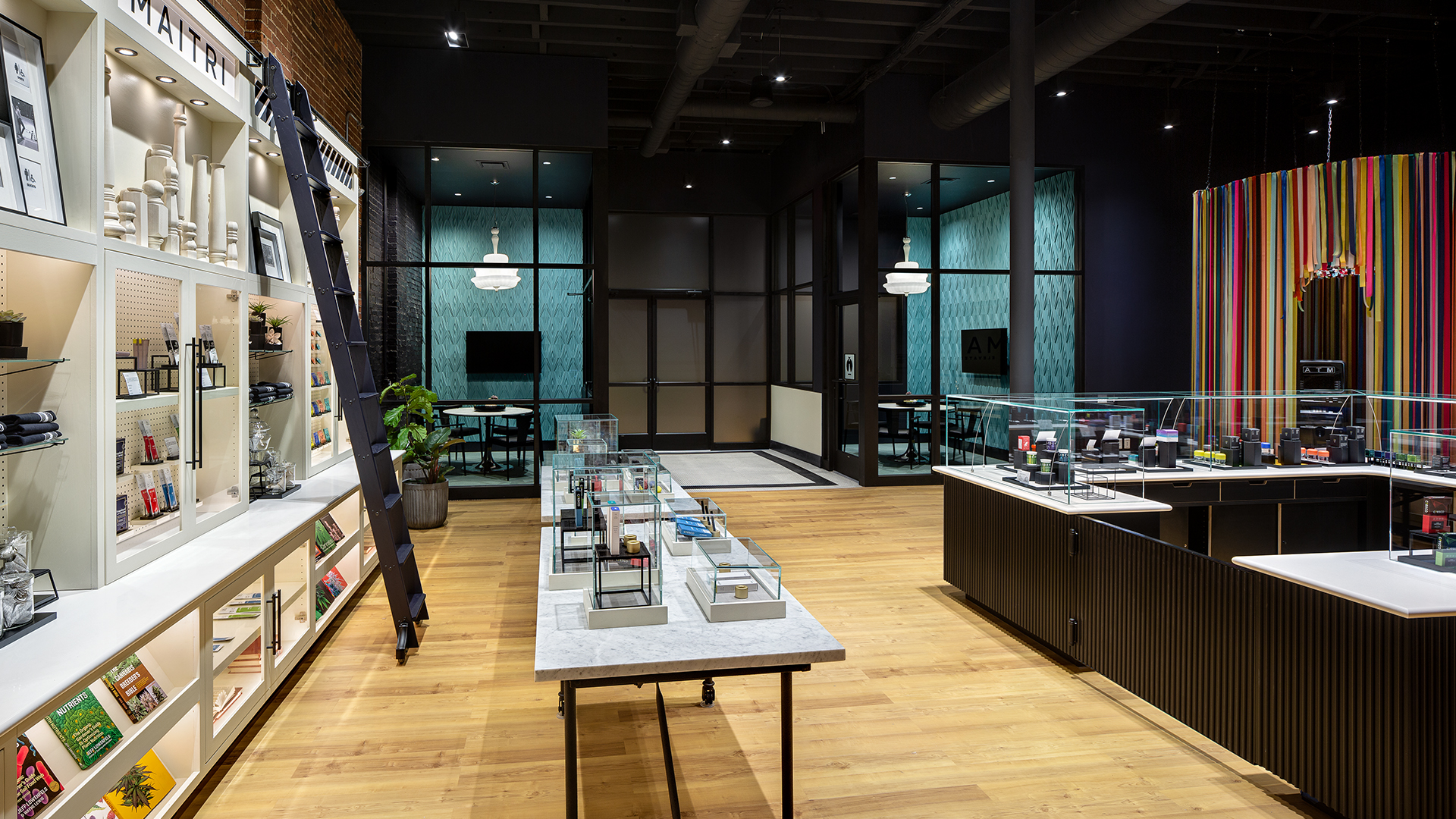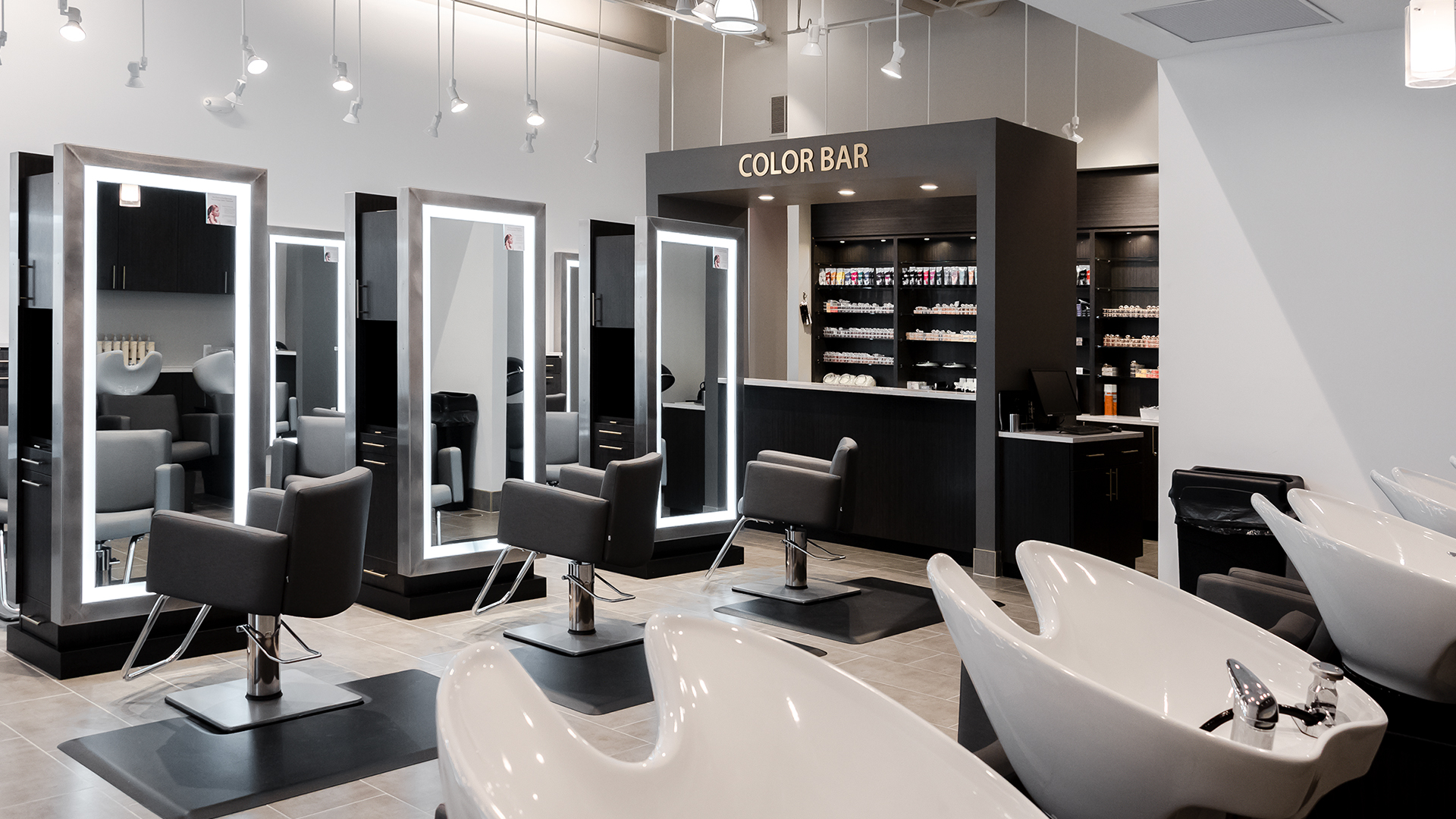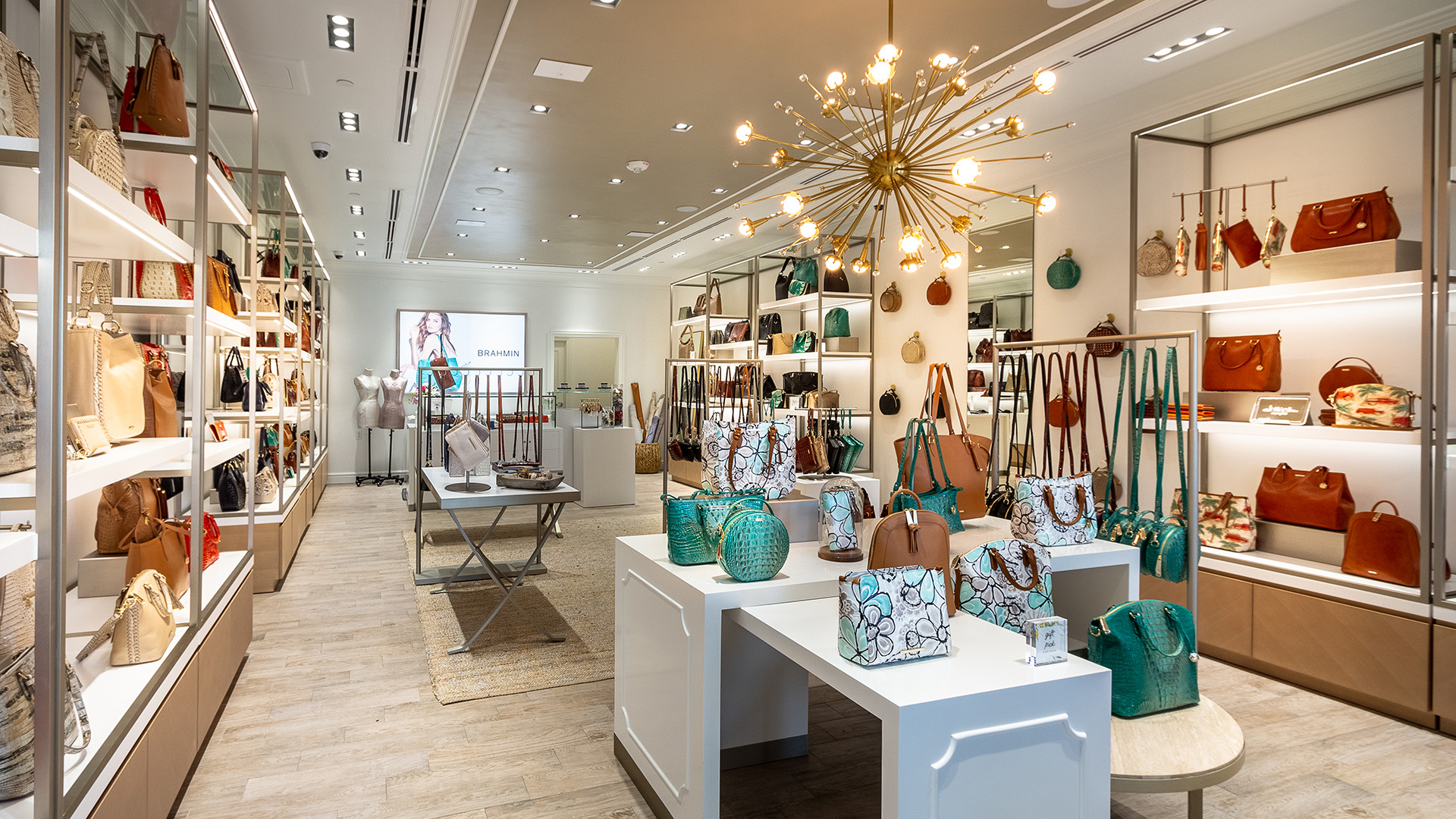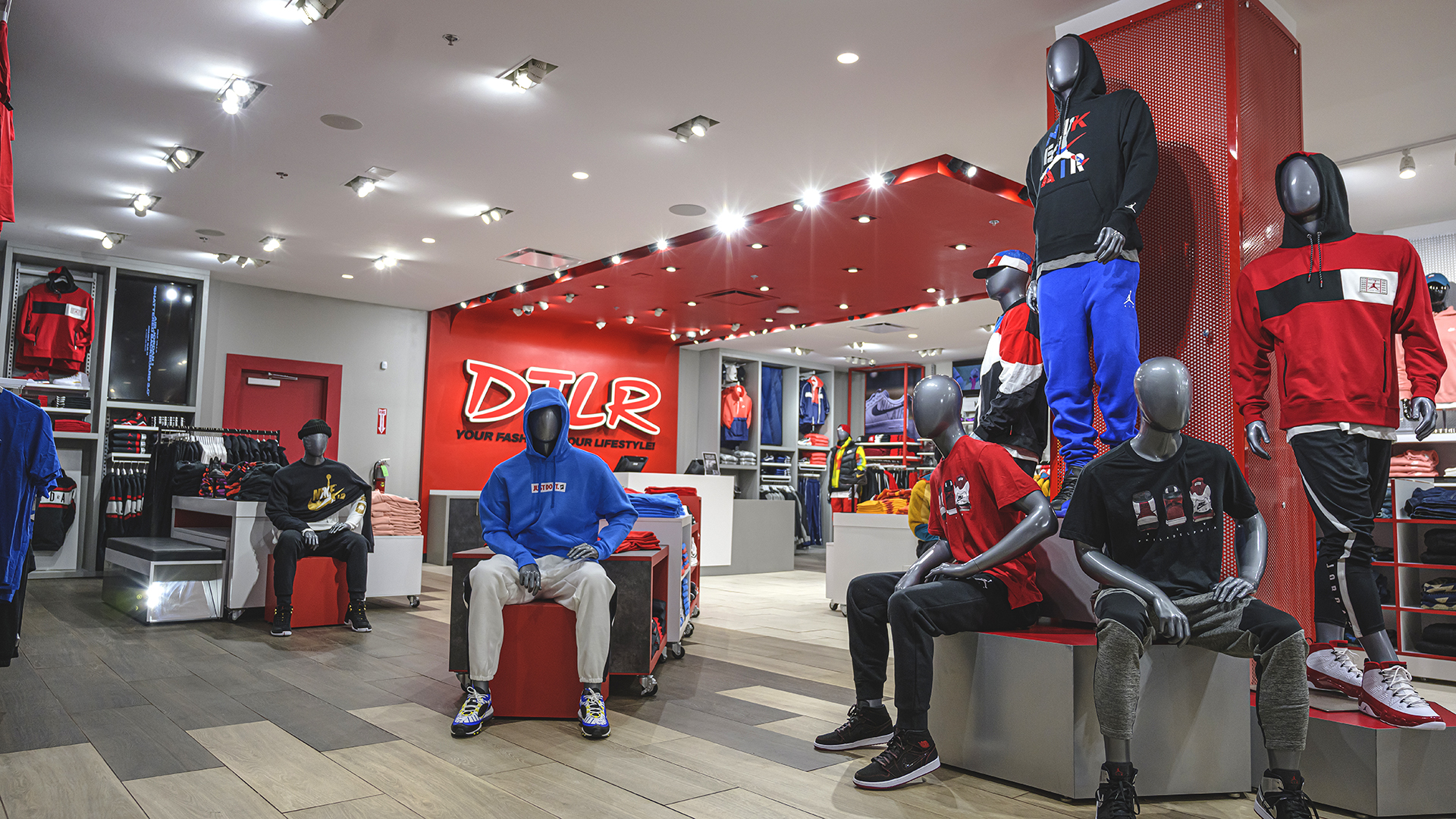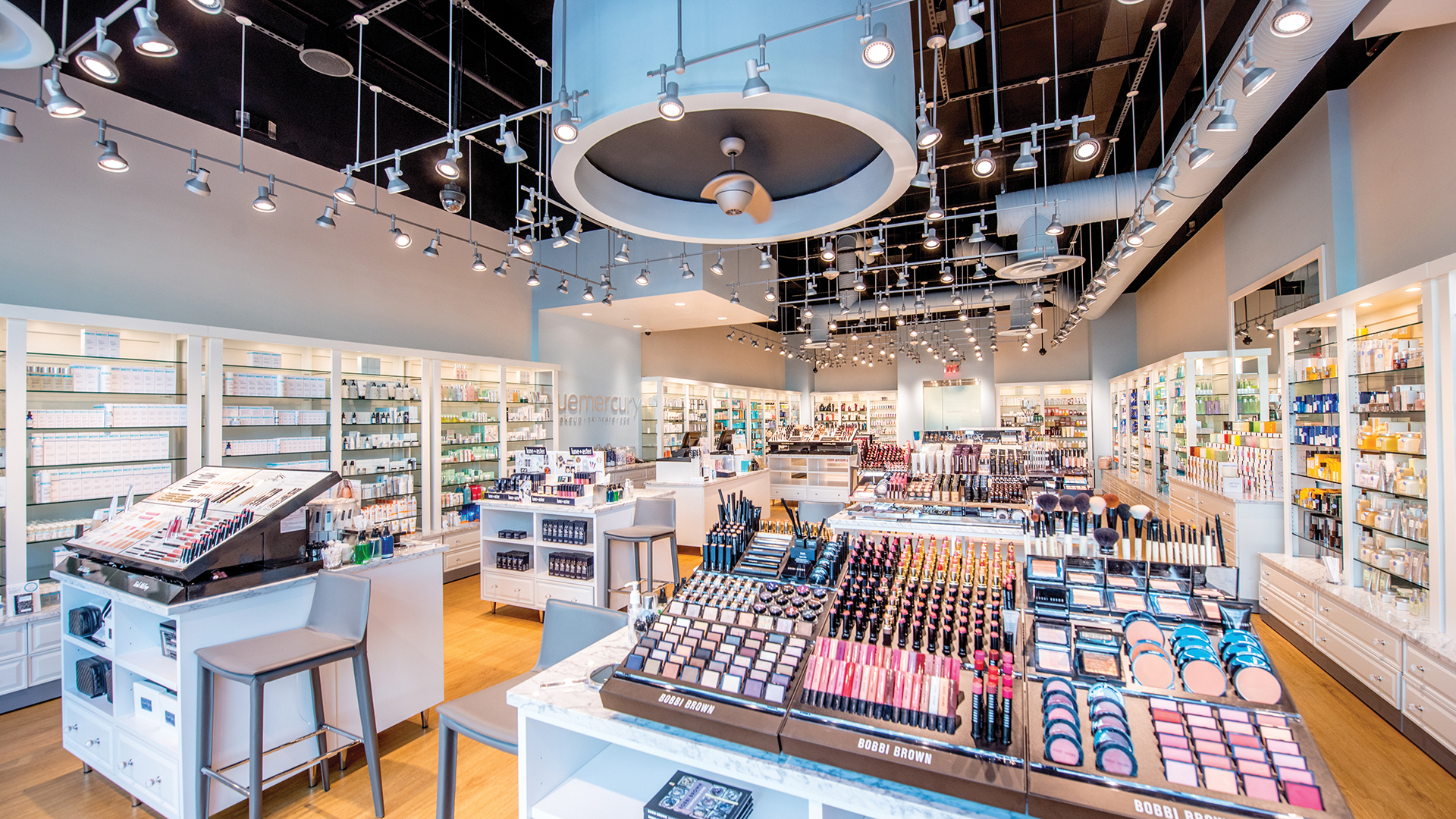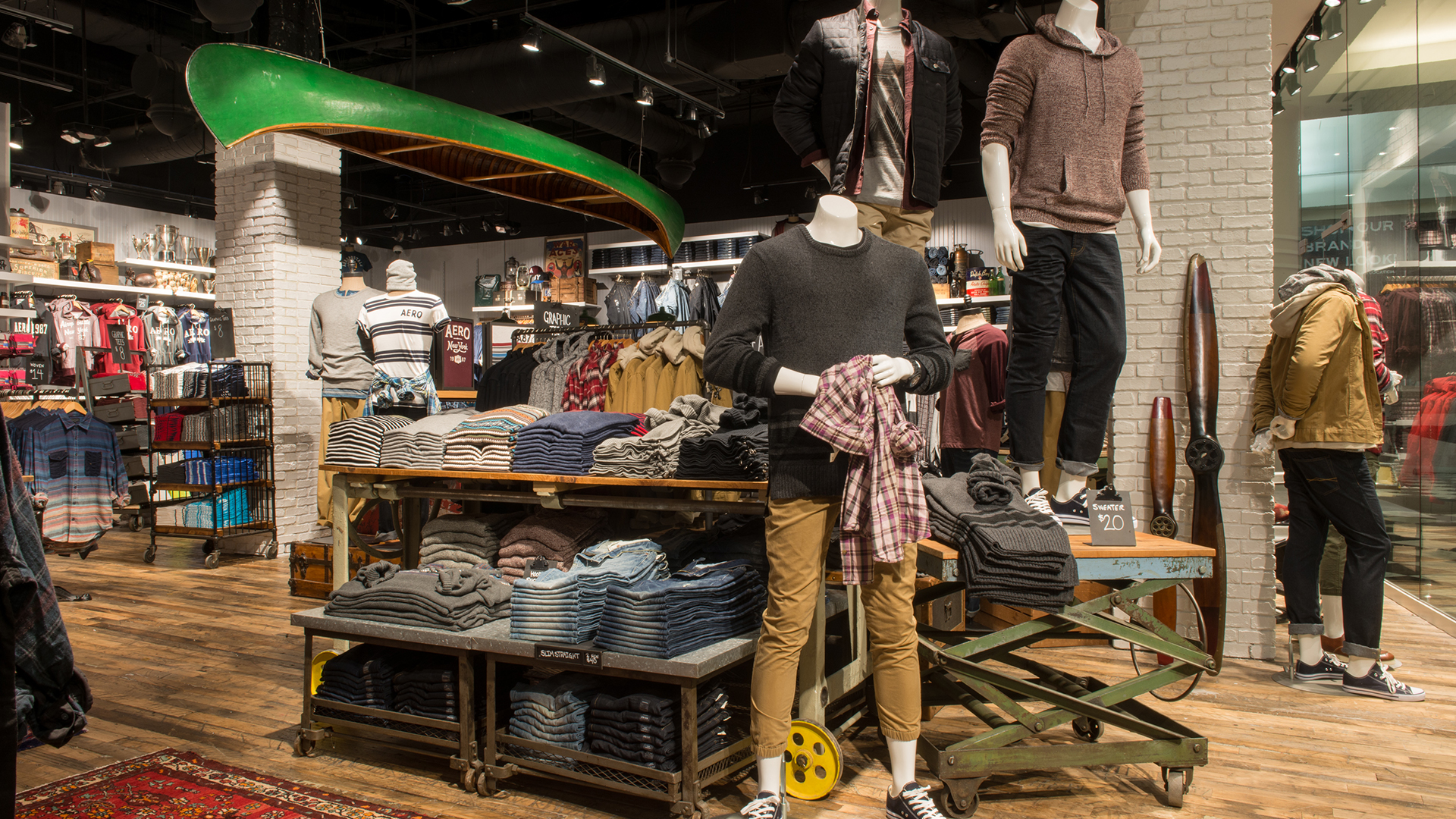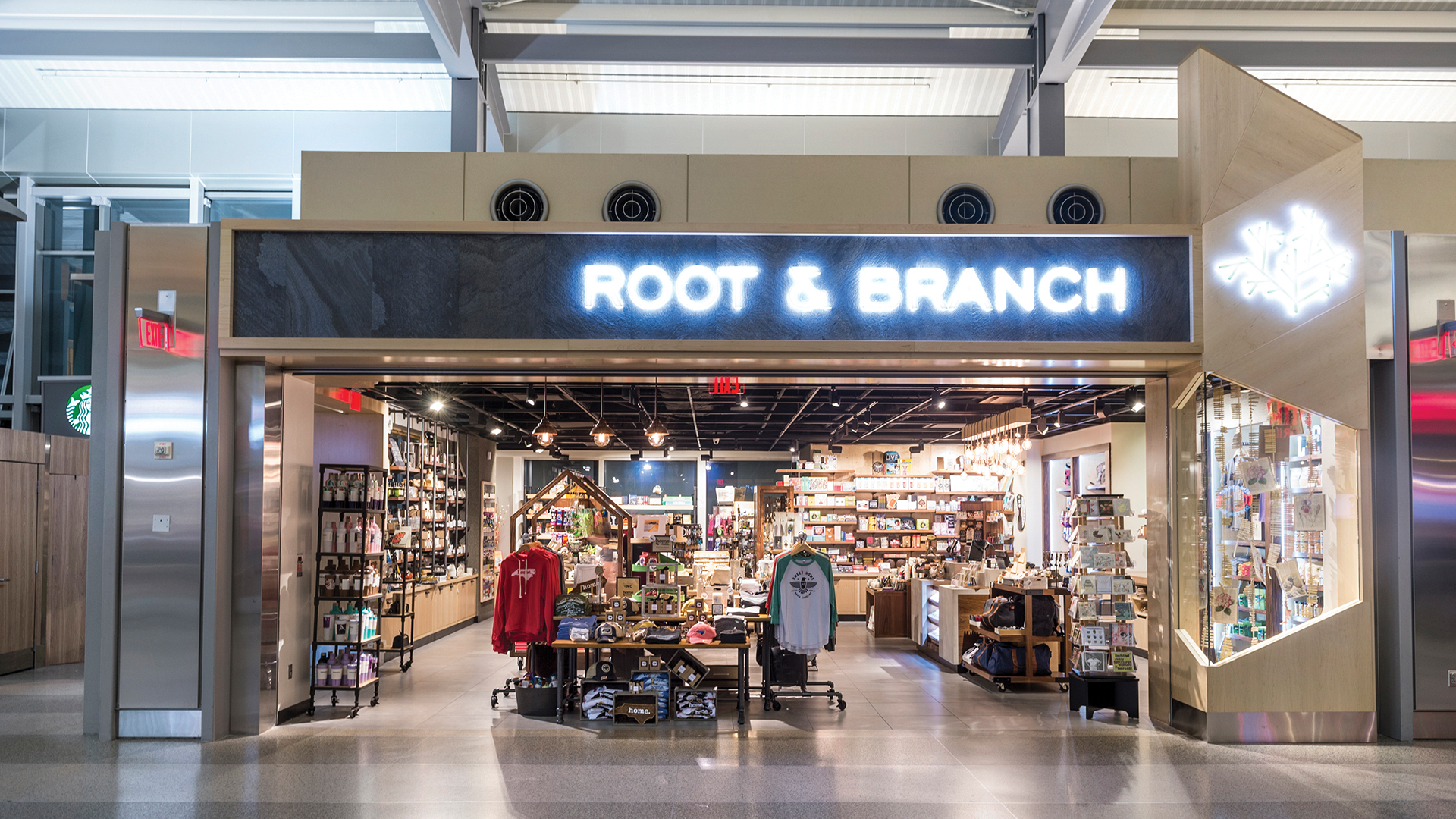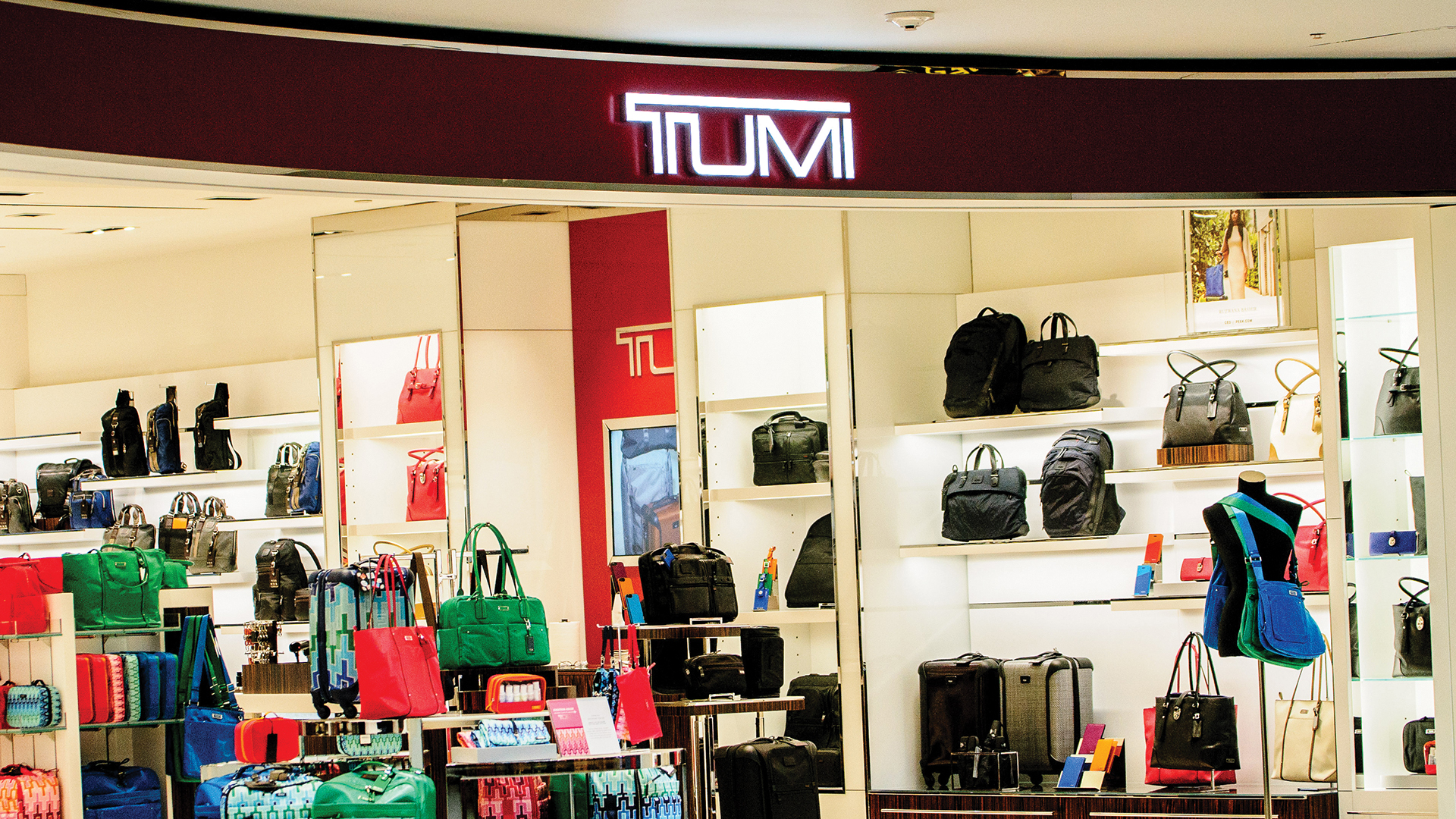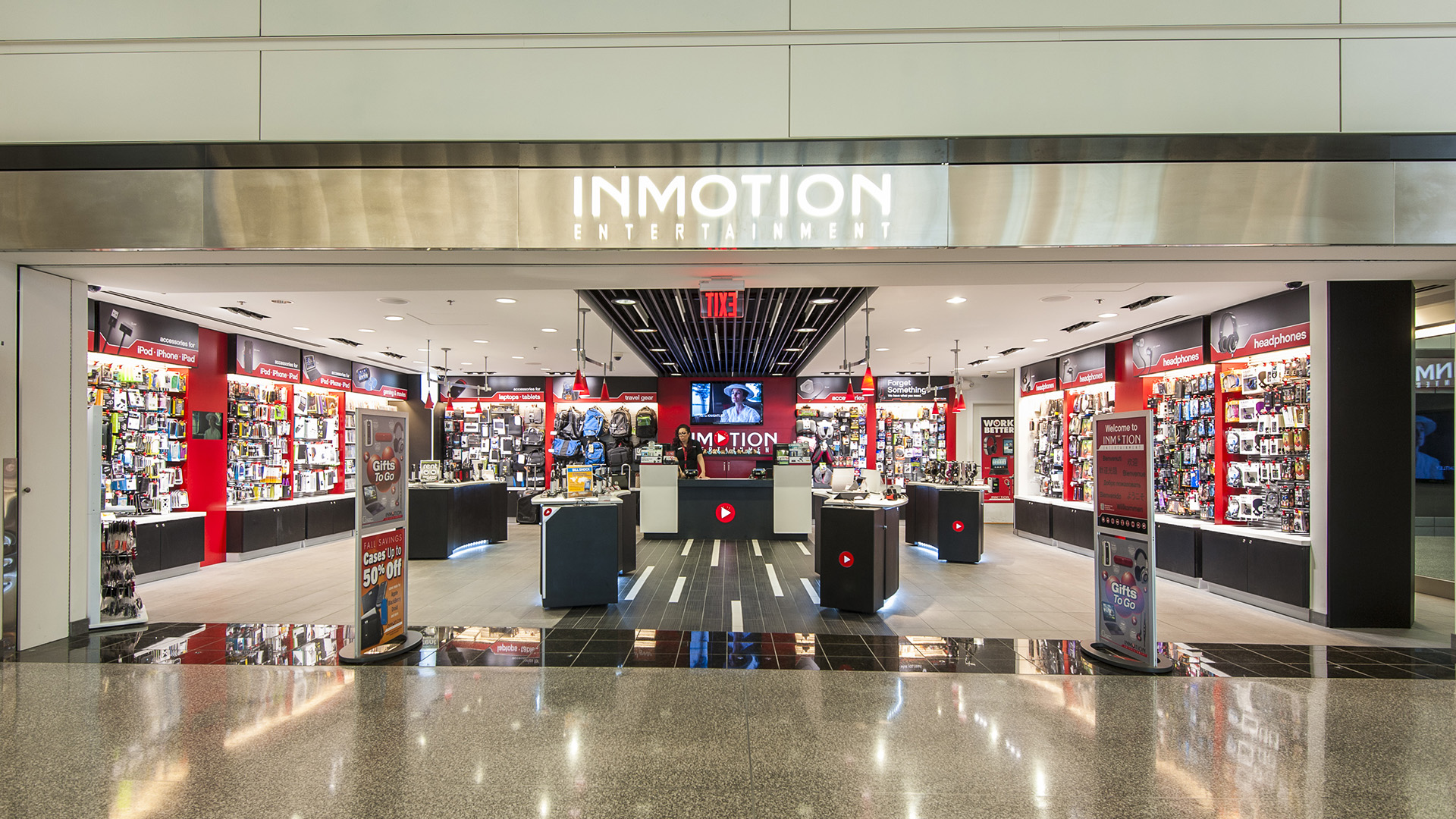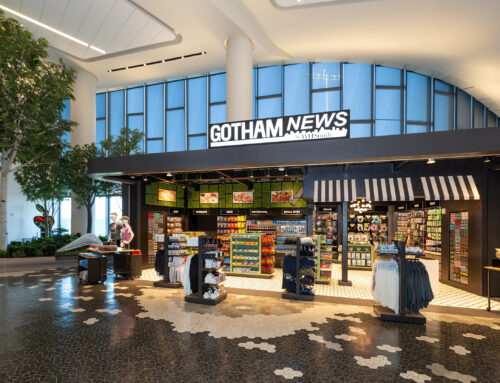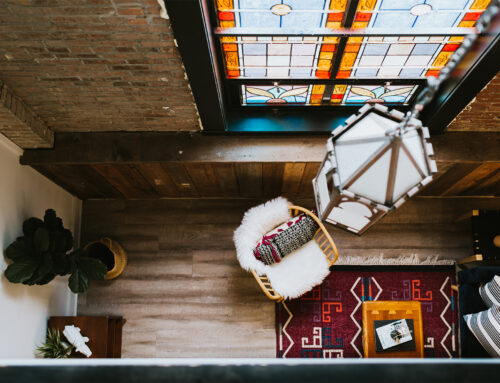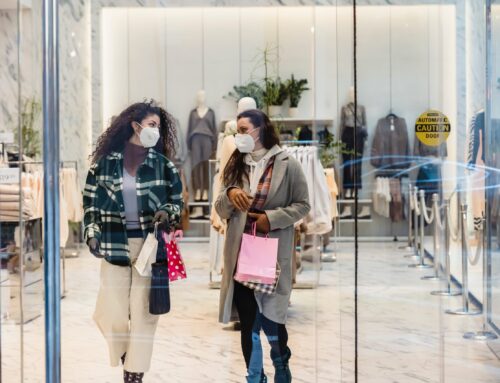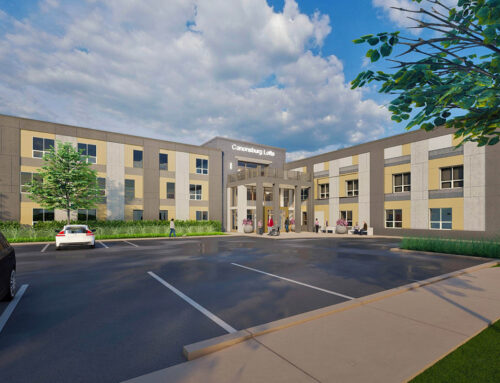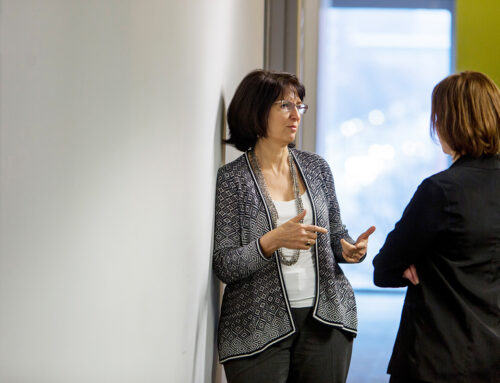This week, we have a few longer responses to some of your questions for our Retail Design Team. Thank you for all the thoughtful questions! We hope this series has been an insightful look into the world of Retail Design.
What makes Retail Design so different from traditional Commercial Design?

In my experience, the most apparent difference between retail design and traditional commercial design is the pace of the project. When our national retail clients show interest in a potential store location, we get the call to start researching local building departments, landlord requirements, and any other entities with jurisdictional authority to make sure that we fully understand the local requirements and procedures. Our early involvement helps guide our clients during lease negotiations to ensure the space meets their needs and expectations.
The prior research and conducting a site survey also helps kick-start the project faster as the lease terms often leave little time for the design and construction process. The construction period can be quite abbreviated compared to traditional commercial design, sometimes only a few weeks, so any unforeseen issues that arise in the field must be addressed very quickly to avoid adversely affecting the schedule and store opening plans. Retail Design also relies heavily on curating familiar and true experiences to the Brand’s Identity, such as graphics, materials, logos, lighting, and technology. For national retailers, these experiences are often duplicated across multiple stores to reinforce that brand’s identity, which often speeds up the project’s pace even more due to being able to order materials and fixtures in a large quantity to have available when the stores are in construction.

Having worked in a wide variety of market sectors, there certainly are differences between traditional commercial design and retail design. Certain types of commercial projects are often focused on one project/one client and the longevity of that design and use (i.e., an office, mixed-use project, religious institutions, etc.). Retail design is focused on brand identity, flexibility, customer experience, and, more often than not, the expectation to get rebranded in 5-7 years.
Instead of having just one end-user as typical in commercial design, retail design has many “clients” of the brand, who are the diverse public who will be shopping the stores. Then multiply that by the number of retail stores that occur in a roll-out, where a brand opens in multiple places across the country or even internationally -each with their own unique set of requirements, climates, and local teams. Must add that when working worldwide, it is a fun and unique challenge to take a brand standard or prototype and adapt that brand identity to the various building code requirements across the globe, not to mention their retail developer requirements. On the other hand, commercial projects tend to stay more local, and while they also have varying degrees of complexity, they are not as fast-paced as Retail usually demands.
If we touch on another aspect that makes Retail Design much different from Commercial Design, Retail is always pushing the envelope in terms of design creativity. For example, Retail projects in Airports have their unique challenge than that of traditional prototype retail projects. A part of traditional retail branding includes the brick-and-mortar shopping experience, a ‘prototype’ that customers recognize no matter where they are shopping. While you will find this in Airports too, times have changed to be customized to that local destination experience. The traveler in itself is an ever-changing shopper with a limited amount of time to engage. It is critical to make a fast impression and customize the brand to be the most impactful and imaginative experience for all who walk through the space.
While also designed with creativity in mind, commercial projects, due to their larger square footage and longevity in mind, call for a more timeless design, with palettes of colors and fixtures that will be attractive and cost-efficient throughout the building’s life.In summary, Retail Design and all its iterations is a fast and ever-changing branch of design compared to the more traditional Commercial Design.
How will physical retail design change after COVID?

Physical retail design will have to be looked at in a different light. The store layout and point-of-sale (POS) will need to be conducive to this new environment we live in while still giving customers the in-person physical interactions they crave when going to a retail space.
A retail store layout providing adequate fixture spacing and logical traffic patterns (such as one-way aisles and a circular flow) is a solution that gives people enough room to maneuver safely throughout the store and prevents close interactions with others. Attention to these design solutions will promote customers’ desire to come back into the stores, shop, and find a sense of normalcy while remaining safe. Giving enough space around the POS area is now more critical for customers to line up in a distanced fashion before making their purchase.
Minimizing exposure between employees and customers is a necessary change at the POS counters, creating practical challenges for retailers. While the addition of plexiglass partitions at POS counters and areas for products that people touch to be sanitized was a quick solution to solve the immediate problem, more permanent design solutions will be a part of our future as retail designers.
